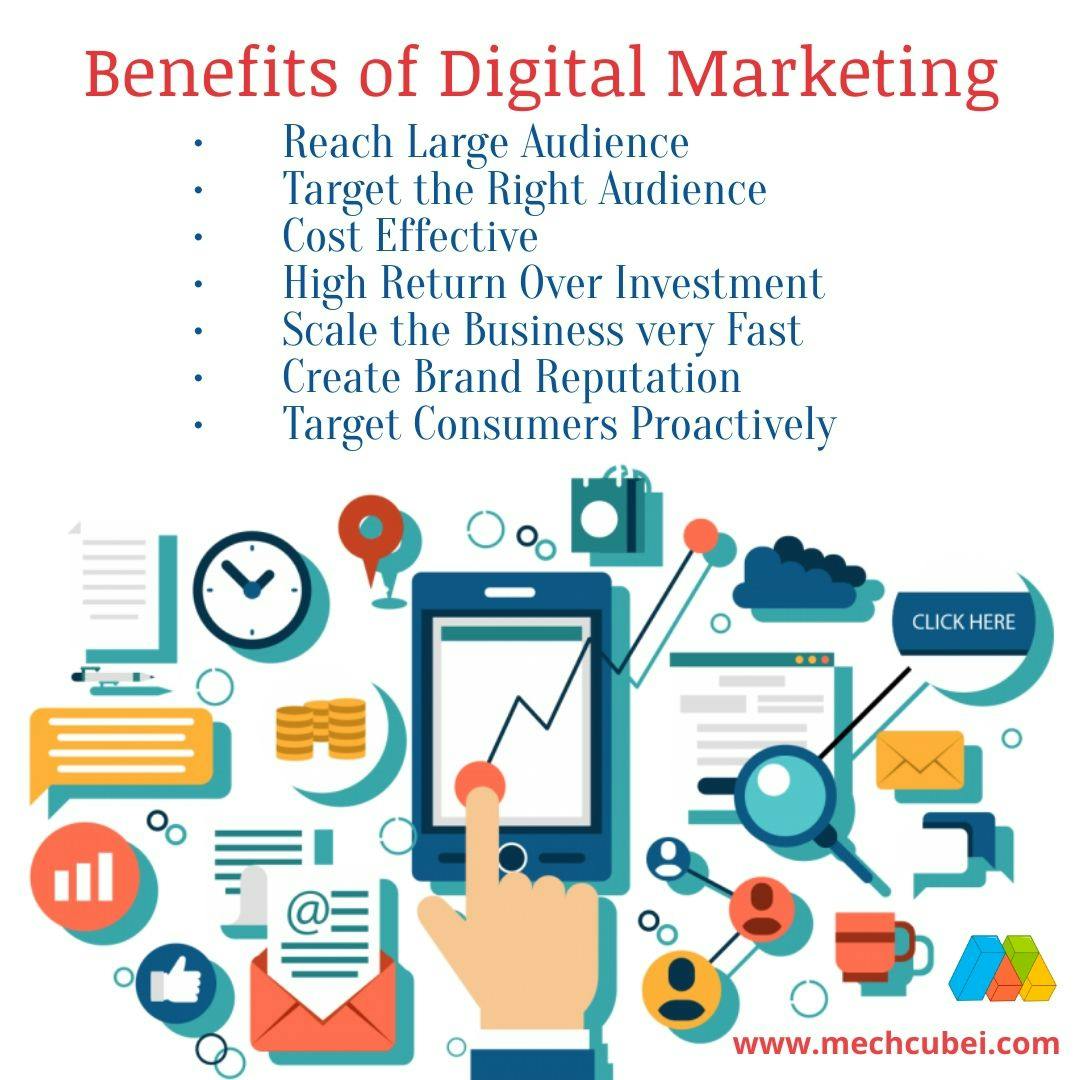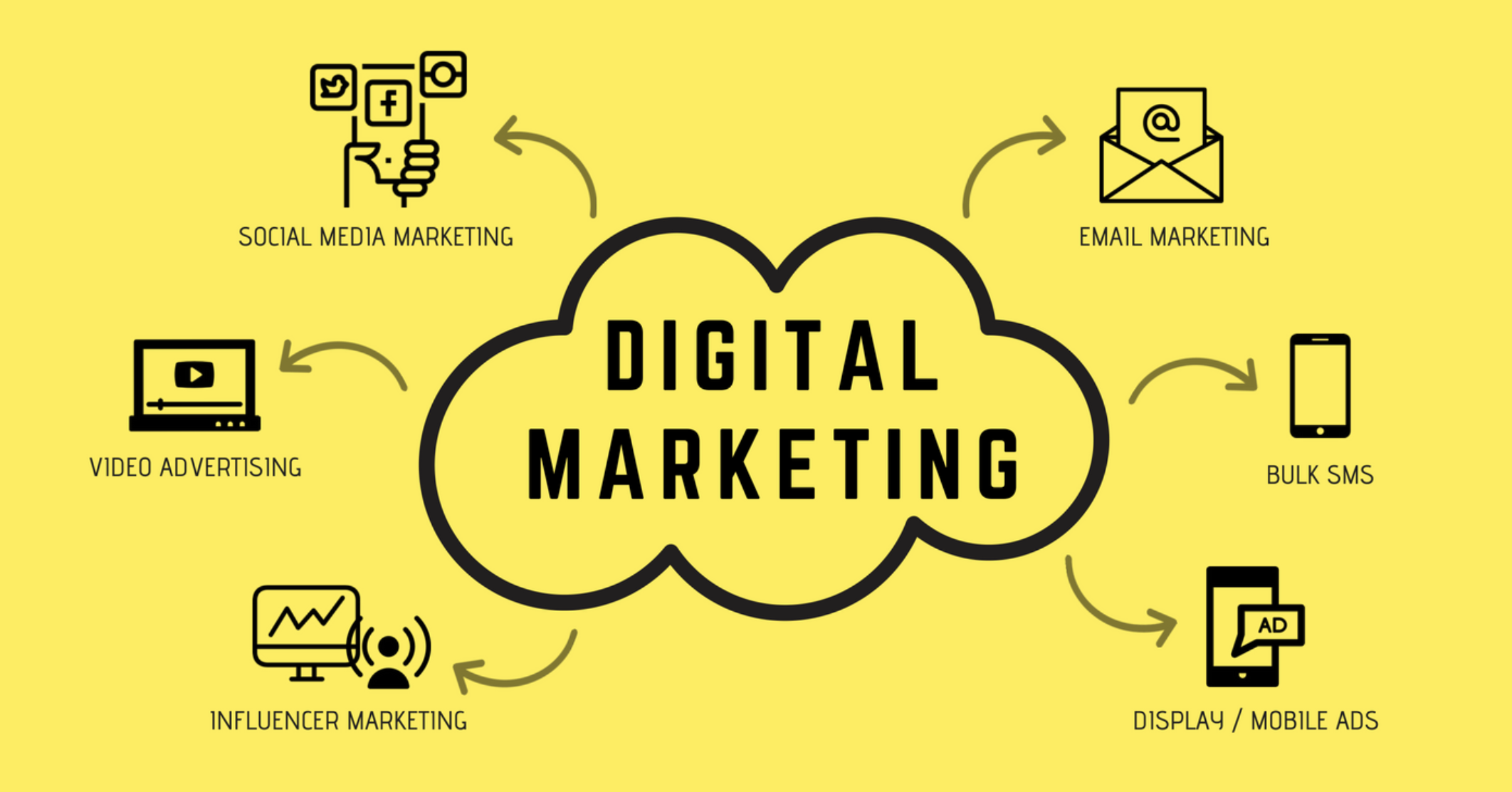Create Powerful Projects with Digital Marketing Lockhart Competence
Create Powerful Projects with Digital Marketing Lockhart Competence
Blog Article
Transform Your Business With Data-Driven Digital Advertising And Marketing
In today's rapidly developing marketplace, leveraging data-driven digital advertising has ended up being crucial for businesses intending to boost their affordable side. By utilizing analytics to obtain insights into consumer actions, organizations can customize their advertising and marketing strategies for maximum impact.
Recognizing Data-Driven Advertising And Marketing
Data-driven advertising and marketing is increasingly recognized as an essential strategy for organizations intending to improve their marketing effectiveness. This method depends on the systematic collection, analysis, and utilization of information to educate advertising techniques and decisions. By leveraging different information sources, including client demographics, habits patterns, and market trends, businesses can establish targeted campaigns that reverberate with details audiences.
At its core, data-driven advertising involves integrating analytics right into the advertising procedure. This allows for real-time understandings into project performance, allowing marketers to make informed changes and optimize their techniques. By understanding client choices and engagement levels, companies can craft personalized messaging that is a lot more likely to convert possible customers into dedicated clients.
Furthermore, data-driven marketing cultivates a society of accountability within organizations. Online marketers can track their return on investment (ROI) and evaluate the performance of different networks, such as social media sites, email, and internet search engine. This analytical strategy not just enhances decision-making but likewise urges continuous renovation in marketing practices as companies refine their strategies based upon empirical evidence. As companies accept data-driven advertising and marketing, they position themselves to react successfully to transforming market dynamics and customer assumptions.
Advantages of Data Analytics

One of the main benefits is the capability for customized advertising. Data analytics allows companies to sector their audience successfully, customizing messages and offers that reverberate with certain groups. This degree of customization not just improves interaction prices however additionally fosters brand name commitment.
Additionally, information analytics helps with real-time decision-making. Marketing professionals can check project performance continually, changing methods based on immediate feedback and results. This agility leads to optimized resource allowance and improved return on financial investment.
Furthermore, anticipating analytics encourages organizations to anticipate future fads and consumer demands, enabling proactive strategies as opposed to reactive procedures. This foresight can be a substantial affordable advantage in today's dynamic market landscape.
Key Tools and Technologies

One of the key technologies is Client Connection Administration (CRM) software, which allows services to handle client interactions and analyze information throughout the client lifecycle. In addition, advertising and marketing automation systems improve repetitive jobs, helping with tailored communication and lead nurturing.

Information visualization tools, such as Tableau and Google Information Workshop, help specialists analyze complicated data collections, presenting understandings in a conveniently absorbable style. Moreover, analytics platforms like Google Analytics supply indispensable metrics on internet site traffic and customer behavior, enabling marketing experts to optimize their techniques.
Social media site analytics tools, such as Hootsuite and Sprout Social, offer insights right into target market involvement and web content efficiency throughout various systems. Last but not least, A/B screening devices, like Optimizely, permit marketing professionals to explore different strategies, making sure that data-driven choices are consistently fine-tuned. By leveraging these innovations, services can promote a data-centric culture, bring about much more efficient digital advertising projects.
Implementing Efficient Techniques
To successfully execute effective strategies in electronic advertising, companies need to initially align their objectives with workable insights derived from information analytics. This positioning allows companies to customize their advertising and marketing initiatives, guaranteeing they reverberate with target audiences. By leveraging data from numerous networks, such as social networks, e-mail advertising and marketing, and web site analytics, companies can determine trends, preferences, and habits that educate their approach.
Following, it is vital to prioritize client segmentation. By categorizing their target market based upon demographics, rate of interests, and acquiring habits, companies can create individualized advertising campaigns that drive involvement and conversion. Automation devices can promote this process, enabling marketing professionals to provide prompt, relevant material to details sectors.
Additionally, welcoming a dexterous advertising strategy can improve responsiveness from this source to market modifications and customer responses. Frequently evaluating project efficiency and making data-driven modifications can optimize end results and source appropriation.
Last but not least, fostering a culture of partnership between advertising, sales, and data analytics teams is important. This multidisciplinary technique guarantees that understandings are properly shared and integrated right into wider company techniques, eventually driving continual development in an affordable landscape.
Measuring Success and ROI
Just how can organizations successfully measure success and return on financial investment (ROI) in digital marketing? The solution depends on developing clear goals and making use of the right metrics. Begin by specifying essential efficiency signs (KPIs) that straighten with company goals, such as conversion prices, customer purchase expenses, and interaction metrics. These KPIs provide a measurable basis for assessing the performance of electronic marketing campaigns.
Using analytics tools is necessary in this process. Systems such as Google Analytics and social media sites understandings allow organizations to track individual behavior and project performance in real time. By evaluating information, organizations can identify which approaches yield the most effective outcomes and allot sources accordingly.
In addition, using ROI computations can provide a more clear picture of financial performance (Digital Marketing Lockhart). This consists of determining the income produced from digital advertising initiatives against the overall prices sustained. An uncomplicated formula is (Web Revenue/ Price of Financial Investment) x 100 to figure out the ROI percentage
Eventually, a comprehensive method that incorporates quantitative and qualitative evaluation will certainly enable companies to examine their electronic advertising success accurately and make informed choices for future projects. This data-driven mindset is crucial for continuous enhancement and sustainable growth.
Final Thought
Finally, the integration of data-driven electronic advertising and marketing stands for a transformative method for organizations seeking to improve interaction and foster brand name commitment. By leveraging analytics to educate methods, organizations can maximize resource allowance, adapt to market dynamics, and enhance roi. The application of crucial tools and innovations even more facilitates this procedure, making certain that advertising efforts are lined up his response with consumer actions and expectations. Ultimately, welcoming data-driven techniques is vital for sustained affordable benefit in a swiftly advancing landscape.
In today's rapidly progressing industry, leveraging data-driven electronic advertising and marketing has come to be necessary for organizations intending to improve their competitive edge (Digital Marketing Lockhart).Data-driven advertising and marketing is progressively recognized as an important strategy for companies additional hints intending to improve their marketing efficiency.At its core, data-driven advertising includes incorporating analytics into the advertising and marketing process. As companies accept data-driven marketing, they place themselves to react properly to altering market dynamics and consumer assumptions
In verdict, the combination of data-driven digital marketing represents a transformative method for businesses looking for to enhance engagement and foster brand name loyalty.
Report this page